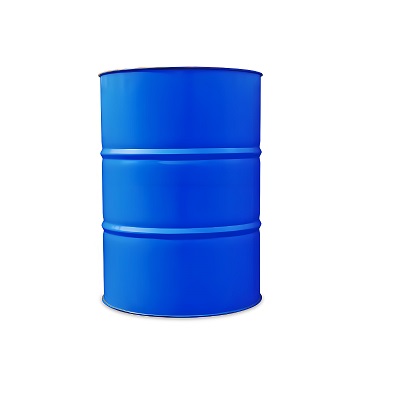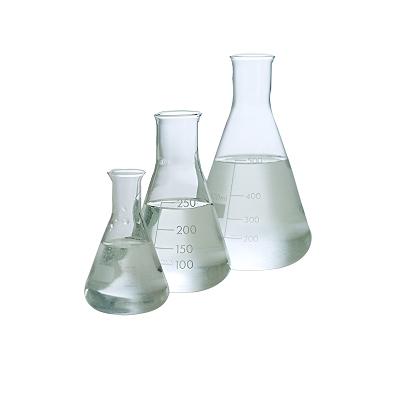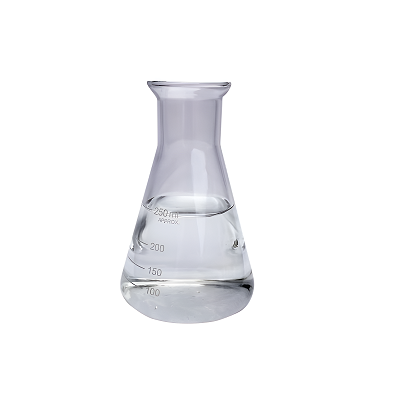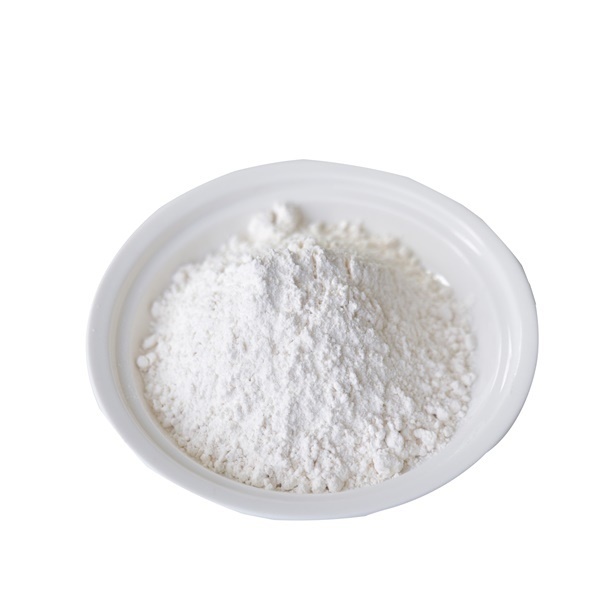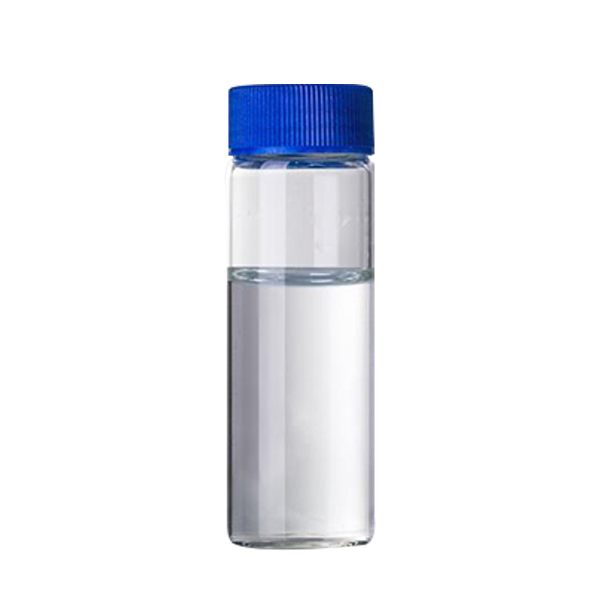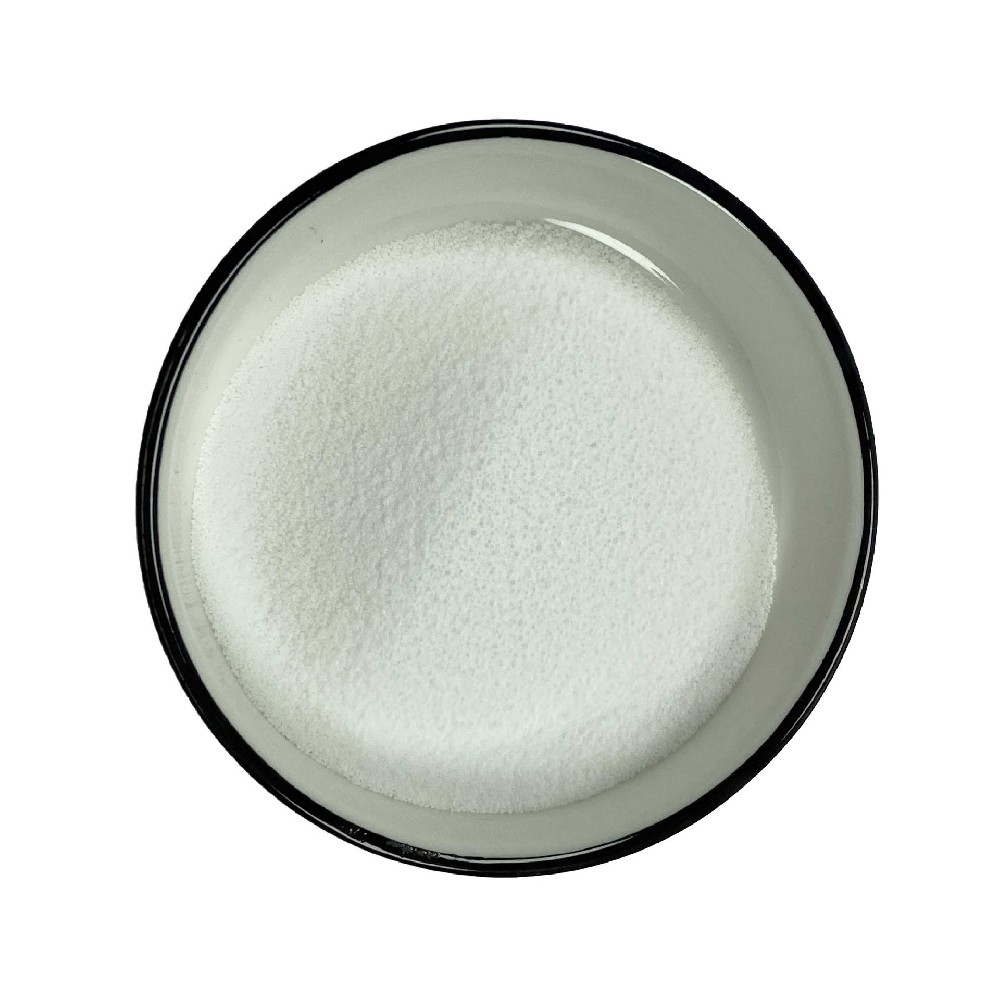

2-Butene-1,4-diol CAS 110-64-5
——————
CAS number : 110-64-5
molecular formula : C4H8O2
EINECS : 203-787-0
——————
Email : info@deshangchem.com
Mobile : +86-13153039501
TEL : +86-531-88752665
CAS number:110-64-5
molecular formula:C4H8O2
molecular weight:88.11
EINECS number:203-787-0
English synonyms
CIS-1,4-DIHYDROXY-2-BUTENE;butene-1,4-diol;1,4-buenedilo(liquid);2-BUTENE-1,4-DIOL, 95% (PREDOMINANTLY CI;2-Butene-1,4-Diol,~92%;(2E)-2-Butene-1,4-diol;agrisynthb2d;Butenediol
Related categories
Plasticizers; Alcohols; Organic Raw Materials; Pesticide Intermediates; Other Pesticides; Pesticide Intermediates; Other Oxygenated Compounds; Organic Building Blocks; General Reagents; Olefins; Phosphine Ligands; Chemical Materials; Organic Chemical Materials; Chemicals Intermediates; fine chemical raw materials; chemical pesticides; chemical reagents; BDO
Introduction
Colorless liquid. Soluble in water, ethanol, acetone, almost insoluble in lower aliphatic hydrocarbons or aromatic hydrocarbons.
| Melting point | 4-10°C(lit.) |
| Boiling point | 235°C(lit.) |
| Density | 1.07g/mLat25°C(lit.) |
| Refractive index | n20/D1.479 |
| Flash point | >230°F |
| Acidity coefficient(pKa) | 14.17±0.10(Predicted) |
| Color | yellow |
| CAS database | 110-64-5(CASDataBaseReference) |
Colorless liquid. Soluble in water, ethanol, acetone, almost insoluble in lower aliphatic hydrocarbons or aromatic hydrocarbons.
● It can be used as plasticizer for alkyd resin, cross-linking agent for synthetic resin, bactericide, etc. It can also be used to make 1,4-butanediol, etc.
● 1,4-Butenediol is an intermediate of pesticides and pharmaceuticals. It is used in pesticides to synthesize endosulfan alcohol, an intermediate of the organochlorine insecticide endosulfan.
● Mainly used as an intermediate for the preparation of pesticides, agricultural chemicals and vitamin B6, and a small amount for polymer production. Uses It can be used as plasticizer for alkyd resin, crosslinking agent for synthetic resin, bactericide, etc. It can also be used for making nylon, medicine, 1,4-butanediol, etc.
● It is derived from the catalytic hydrogenation of butynediol. Mix 40% butynediol aqueous solution with 50% Raney nickel, add inhibitor ammonia water, pass hydrogen, and the pressure is about 0.5MPa until the theoretical hydrogen absorption capacity is reached. Filtration, vacuum distillation of the filtrate, collection of 110-114 ℃ (8kPa) fractions to obtain butenediol.
● The preparation method is catalytic hydrogenation of 1,4Chemicalbook-butynediol to obtain 1,4-butenediol. After mixing 40% butynediol aqueous solution and 50% Raney nickel, adding inhibitor ammonia water, feeding hydrogen, the pressure is about 0.5kPa, until the theoretical hydrogen absorption capacity is reached. Filtration, vacuum distillation of the filtrate, and collection of 110-114°C/8kPa fractions to obtain 1,4-butenediol.
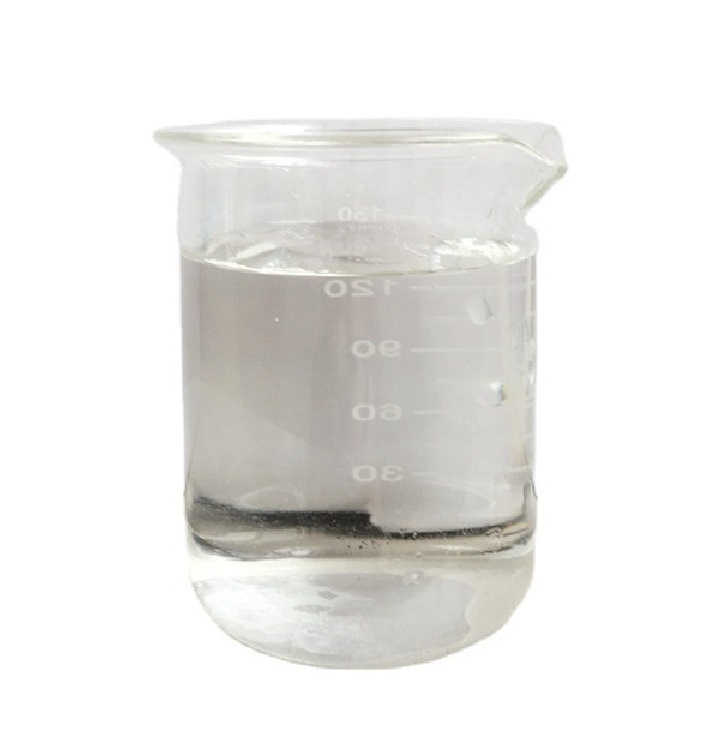
2-Butene-1,4-diol CAS 110-64-5
CAS number:110-64-5
molecular formula:C4H8O2
molecular weight:88.11
EINECS number:203-787-0
English synonyms
CIS-1,4-DIHYDROXY-2-BUTENE;butene-1,4-diol;1,4-buenedilo(liquid);2-BUTENE-1,4-DIOL, 95% (PREDOMINANTLY CI;2-Butene-1,4-Diol,~92%;(2E)-2-Butene-1,4-diol;agrisynthb2d;Butenediol
Related categories
Plasticizers; Alcohols; Organic Raw Materials; Pesticide Intermediates; Other Pesticides; Pesticide Intermediates; Other Oxygenated Compounds; Organic Building Blocks; General Reagents; Olefins; Phosphine Ligands; Chemical Materials; Organic Chemical Materials; Chemicals Intermediates; fine chemical raw materials; chemical pesticides; chemical reagents; BDO
Introduction
Colorless liquid. Soluble in water, ethanol, acetone, almost insoluble in lower aliphatic hydrocarbons or aromatic hydrocarbons.
| Melting point | 4-10°C(lit.) |
| Boiling point | 235°C(lit.) |
| Density | 1.07g/mLat25°C(lit.) |
| Refractive index | n20/D1.479 |
| Flash point | >230°F |
| Acidity coefficient(pKa) | 14.17±0.10(Predicted) |
| Color | yellow |
| CAS database | 110-64-5(CASDataBaseReference) |
Colorless liquid. Soluble in water, ethanol, acetone, almost insoluble in lower aliphatic hydrocarbons or aromatic hydrocarbons.
● It can be used as plasticizer for alkyd resin, cross-linking agent for synthetic resin, bactericide, etc. It can also be used to make 1,4-butanediol, etc.
● 1,4-Butenediol is an intermediate of pesticides and pharmaceuticals. It is used in pesticides to synthesize endosulfan alcohol, an intermediate of the organochlorine insecticide endosulfan.
● Mainly used as an intermediate for the preparation of pesticides, agricultural chemicals and vitamin B6, and a small amount for polymer production. Uses It can be used as plasticizer for alkyd resin, crosslinking agent for synthetic resin, bactericide, etc. It can also be used for making nylon, medicine, 1,4-butanediol, etc.
● It is derived from the catalytic hydrogenation of butynediol. Mix 40% butynediol aqueous solution with 50% Raney nickel, add inhibitor ammonia water, pass hydrogen, and the pressure is about 0.5MPa until the theoretical hydrogen absorption capacity is reached. Filtration, vacuum distillation of the filtrate, collection of 110-114 ℃ (8kPa) fractions to obtain butenediol.
● The preparation method is catalytic hydrogenation of 1,4Chemicalbook-butynediol to obtain 1,4-butenediol. After mixing 40% butynediol aqueous solution and 50% Raney nickel, adding inhibitor ammonia water, feeding hydrogen, the pressure is about 0.5kPa, until the theoretical hydrogen absorption capacity is reached. Filtration, vacuum distillation of the filtrate, and collection of 110-114°C/8kPa fractions to obtain 1,4-butenediol.
Team Presentation

